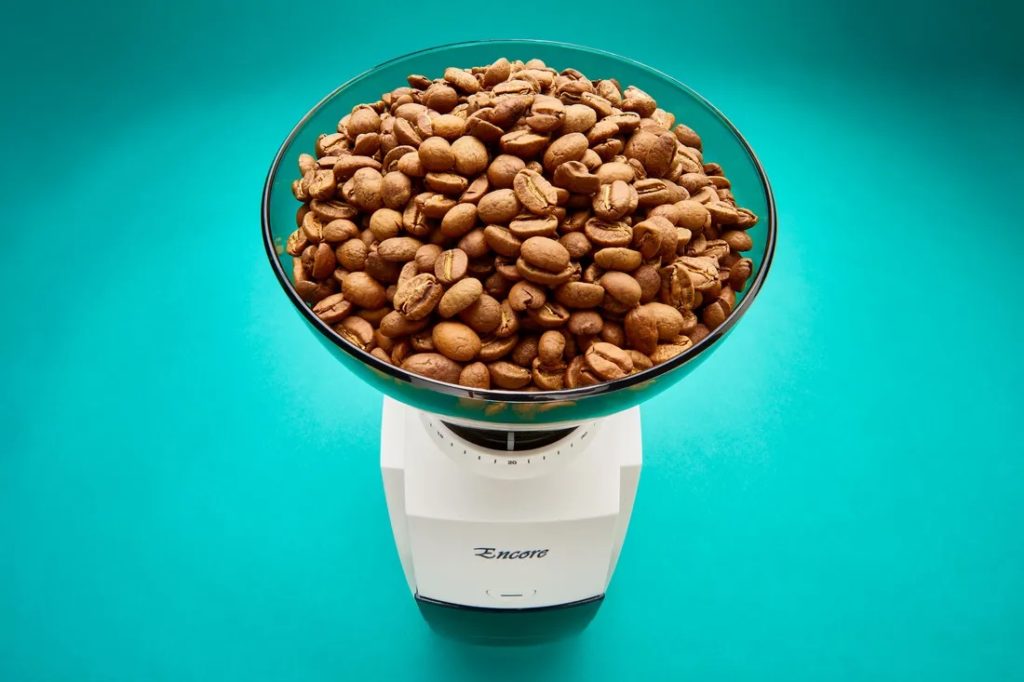Click On “Read More” To Get News About High Grown Coffee 👇
Why single-origin specialty coffee is so expensive
What Are Shade-Grown Coffee Beans And Are They Sustainable?
Globally, the coffee industry has been in a bit of a pickle. Rising temperatures are fuelling droughts, floods, and rust outbreaks all around the world, particularly in Latin America, a region that is home to the crop’s top producers.
Experts estimate that, by 2050, as much as half of the planet’s coffee-producing land will be unusable. But as the coffee agriculture business looks for ways to adapt, it’s also being forced to look at its own contributions to the climate crisis.
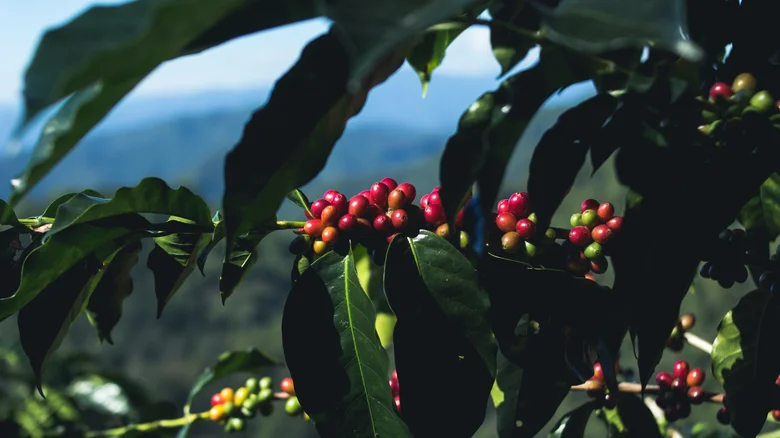
How do you roast coffee for milk?
It’s impossible to deny just how popular milk-based coffee drinks (such as the flat white, latte, and cappuccino) are in coffee shops around the world. According to 2020 data from Project Café USA, the latte was the most-ordered drink in the UK, and the third-most popular beverage in US coffee shops.
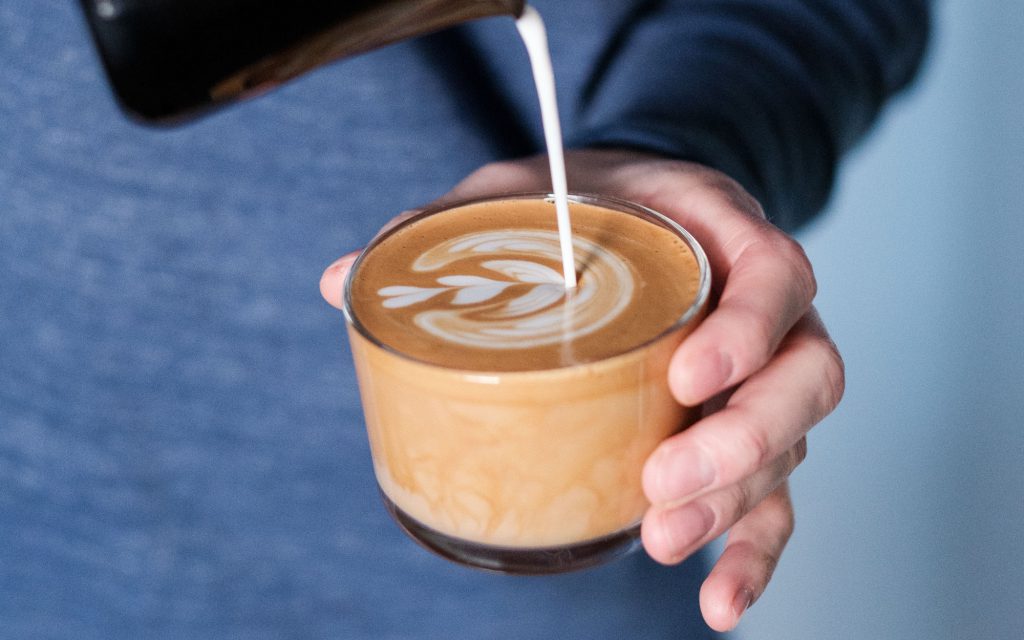
Green coffee collaboration leverages AI-tech to detect defects and unlock production insights
Sucafina, a Swiss-based coffee company, and ProfilePrint, a Singapore-based AI-driven predictive and prescriptive food ingredient profiler have jointly co-invested in Csmart, a Brazilian developer of AI-powered image recognition technologies for green coffee grading that can rapidly scan a sample of green coffee beans and accurately identify defect counts within minutes.
Founded by producer, quality control (QC) professional, and software developer Francisco Massucci Silveira, Csmart designs AI-powered image recognition technologies for coffee grading that aim to improve the coffee industry for producers, professionals, and roasters.
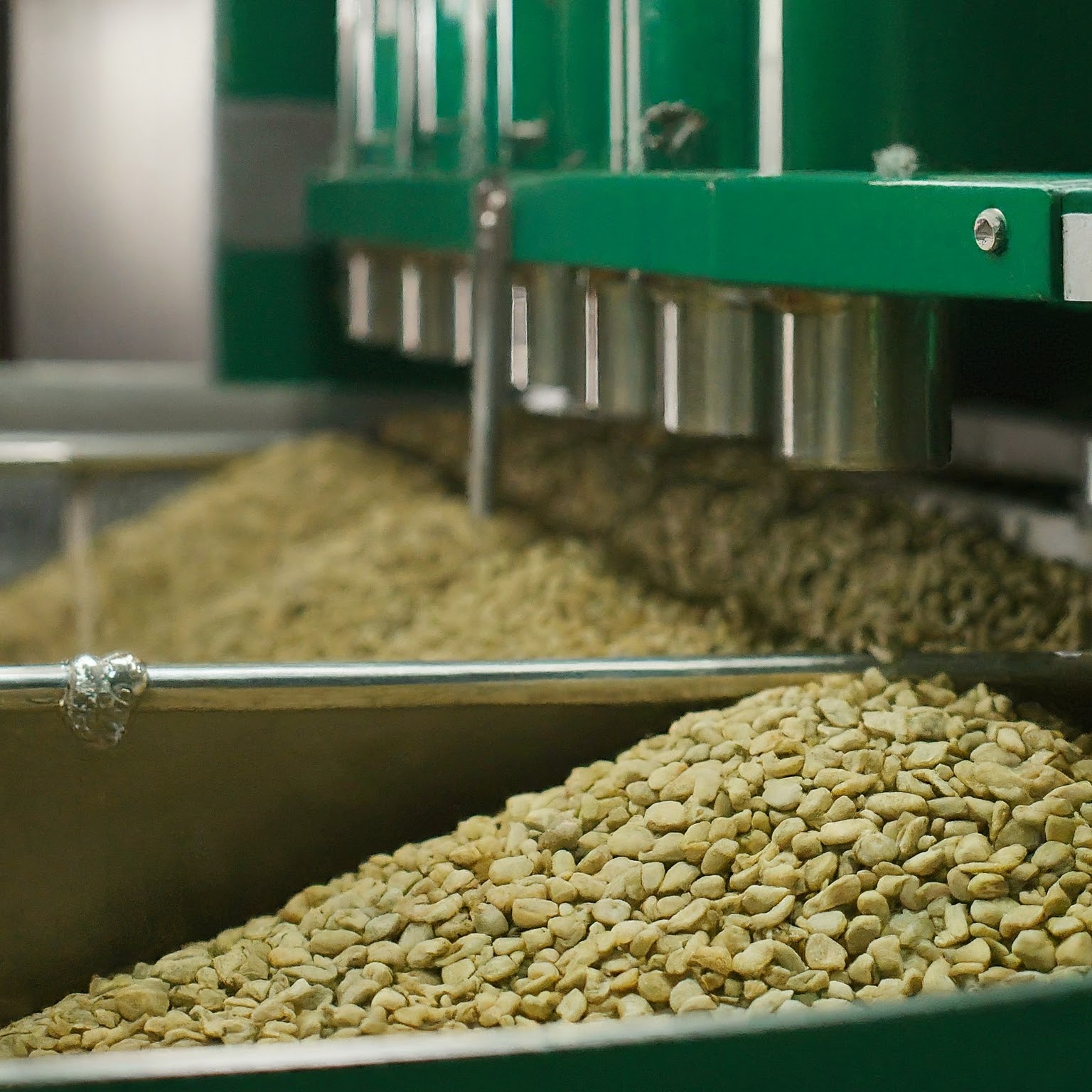
Does GMO coffee exist?
Coffee is one of the world’s biggest cash crops, with coffee production supporting an estimated 125 million people along the Bean Belt. According to the International Coffee Organisation, some 167.2 million 60kg bags of green coffee will be produced in 2022/23.
Today, there are around 120 identified species of coffee, which means there is an almost endless number of different varieties – especially when we consider wild varieties which grow naturally. Hybrid varieties, which are cultivated by researchers and agronomists to improve both yield and quality, are also becoming more common.
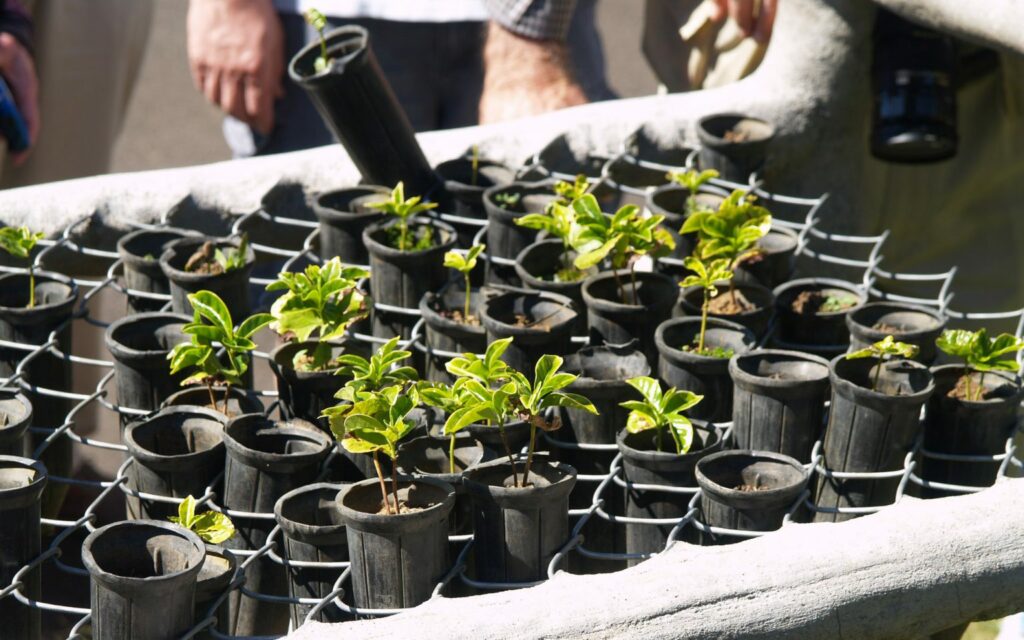
Is It Worth It To Roast Your Own Coffee Beans?
Here’s the thing about brewing coffee: there’s always room for improvement. Ask any coffee connoisseur and they’ll always have a trick to make a cup of coffee taste even better. A few café owners, for example, tell Insider that buying whole coffee beans instead of pre-ground beans makes a whole lot of difference.
A coffee grinder, they say, is a piece of equipment that everyone should consider investing in. Some suggest taking into consideration the quality of both coffee beans and the water used to brew them whereas others insist that dark and light roast beans aren’t coffee jargon that you can ignore.
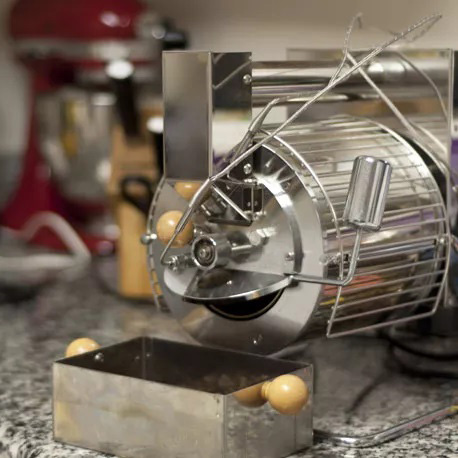
3 Ways To Get The Best Cup Of Coffee (& A Perfect Gift For Your Fave Coffee Drinker)
If you’re already making an outstanding cup of coffee — congratulations and hats off to you. A good cup of coffee is a thing of beauty. If not, here are three suggestions that could get you there.
Not coincidentally, these suggestions also make great holiday gift ideas for your favorite coffee drinker — even if that person is you.
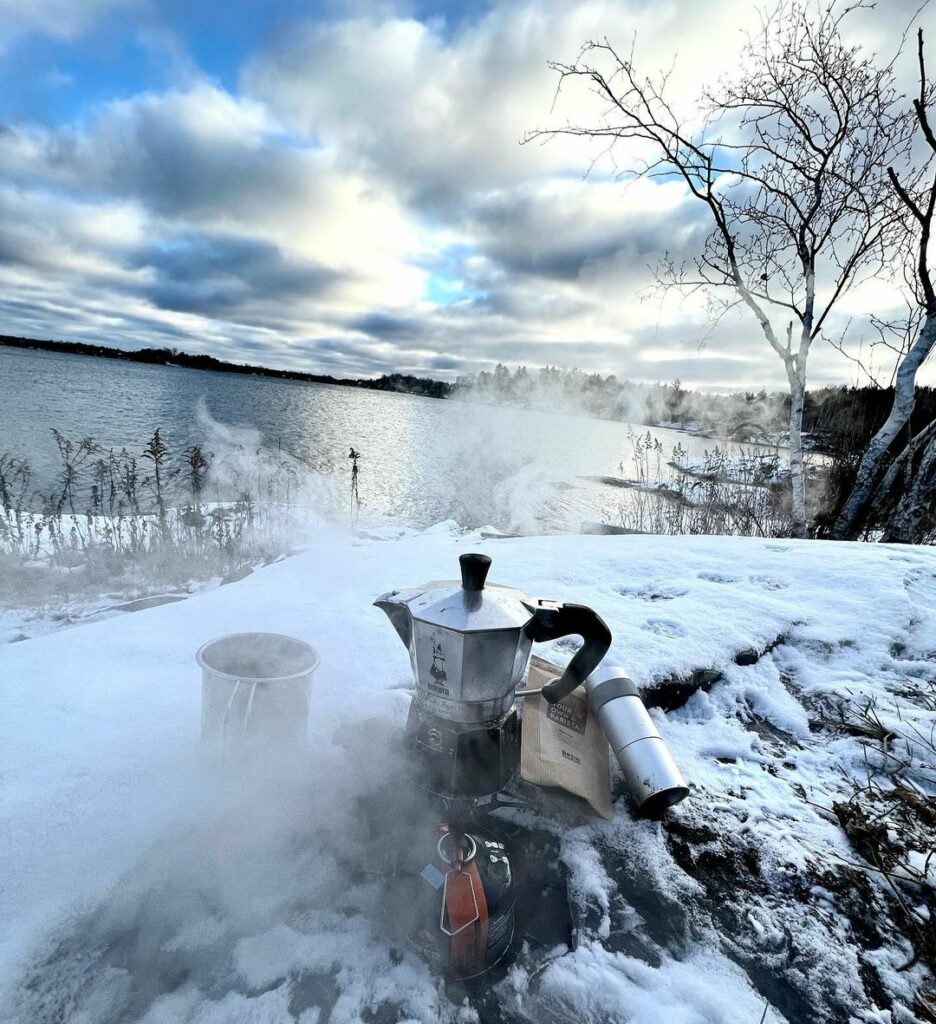
This Coffee Subscription Service Is Changing The DEFINITION Of Freshness
Coffee subscriptions are great, in theory. You tell the company how you make your coffee and what flavor profiles you like, and they send you bags from top roasters all over the country. Small artisanal roasters get sales. You get good coffee without leaving the house. It should be a win-win situation. But it’s usually not.
The problem with most coffee you get from subscriptions—and the problem with most coffee in general—is that it’s not as fresh as it could be. And the reason is that the raw coffee beans roasted in the United States are harvested months before they finally arrive. That’s just how the coffee supply chain works.
The biggest thing standing between you and genuinely outstanding coffee is time. No matter where your coffee was grown or how expertly it’s roasted, if it’s not fresh, it will not be very good. But what do we mean when we talk about fresh coffee?
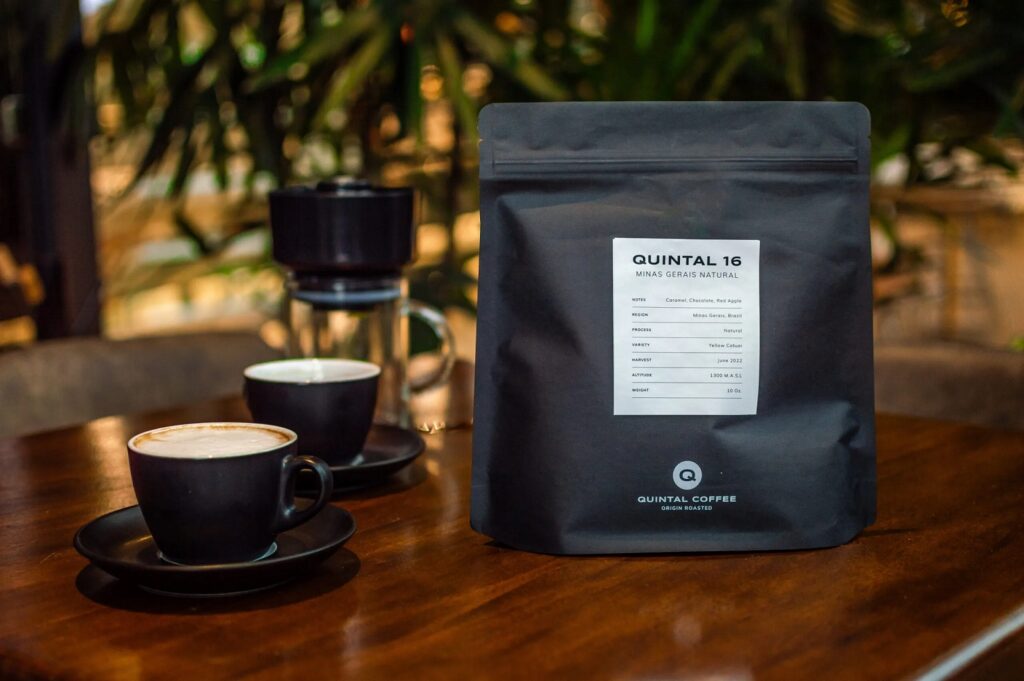
What Makes Colombian Coffee Unique? LaJolla.com
Colombian coffee is highly regarded as some of the best in the entire world. In fact, this Latin American country is ranked as the top third coffee producer across the globe, after Brazil and Vietnam. This position is a great indicator of just how high the demand is for this type of coffee bean.
Grown in high elevations around the Andes Mountains, Colombian coffee beans develop a uniquely balanced flavor and composition. Whether brewed cold, served as an espresso or prepared with a French press, this bean is consistently smooth and pleasurable—even for those who may not be heavy coffee drinkers.
Since Colombia’s coffee is so popular, it’s likely that you’ve already had it at some point in your life and are already familiar with its tasting notes. But you may be surprised to learn just how special the roasts are that come from this coffee. Here’s what to know about Colombian coffee and how you can get the best beans for your daily brew.
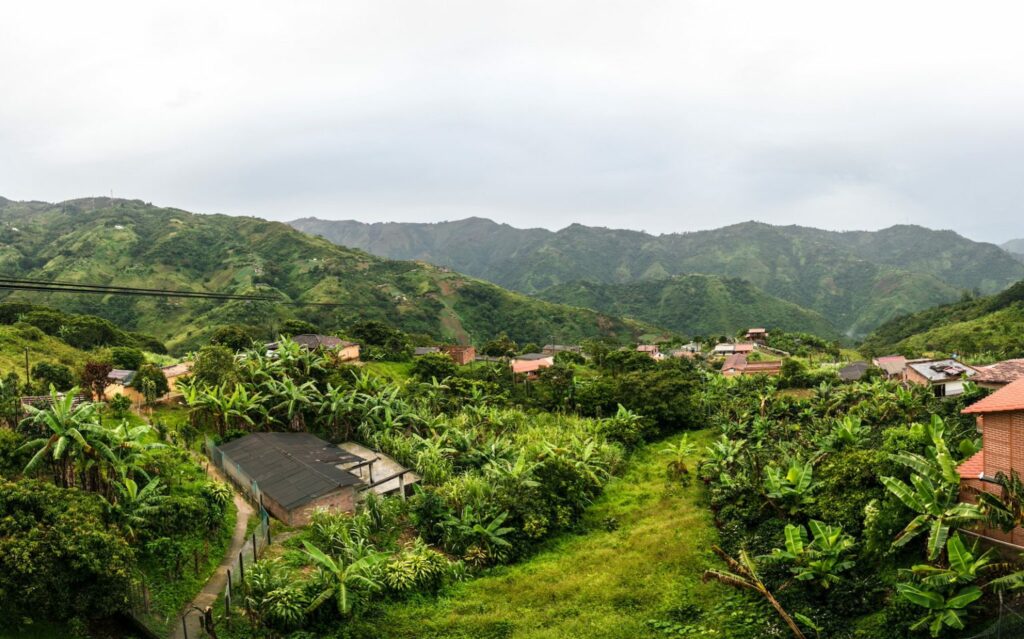
Discover Coatepec: a Veracruz coffee lover’s paradise
In this town in central Veracruz, a great cup of coffee made by highly skilled baristas is easy to find
There’s something very special about watching the ceremony of a cup of coffee being carefully and precisely prepared just for you.
As the exact amount of coffee grains – medium ground – are scooped up and then placed carefully into the filter of the V60 coffee dripper, Karla explains the flavors I’ll perceive: fruity, not unlike the sweetness in apples and peaches. Acidic.
The coffee is grown locally, and Tueste, the coffee bar in nearby Coatepec, Veracruz, where I’m enjoying my first official cata (tasting), clearly takes every step of the process seriously.
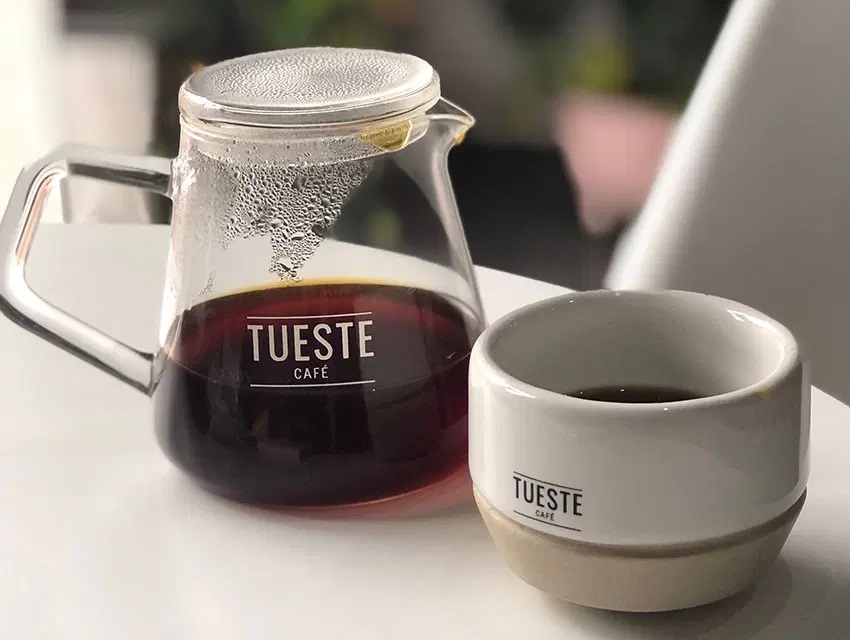
Costa Rican vs American Coffee: I Will Never Taste Starbucks The Same
I will never taste a Starbucks latte the same after spending all of last summer sipping on Costa Rica’s local coffee. So, you may be asking yourself: “What makes a Costa Rican caffeinated beverage so much more delectable than your typical to-go iced coffee drink in America?
Costa Rica was the first Central American country to cultivate coffee for economic trade. The country’s warm climate, consistent rainfall, high altitudes, and fertile volcanic soil all contribute to its fruitful coffee production. Costa Rican coffee is trademarked, especially, for its smooth, aromatic flavors, naturally infused into the bean.
The aromas of fruit plants, flora, and tropical shrubbery growing in the surrounding soil influence the coffee’s flavor. According to HomeGrounds, when drinking Costa Rican coffee, one can expect hints of honey and citrus from light roasts, milk chocolate, and red fruit from medium roasts, and notes of dark chocolate and nougat from dark roasts.
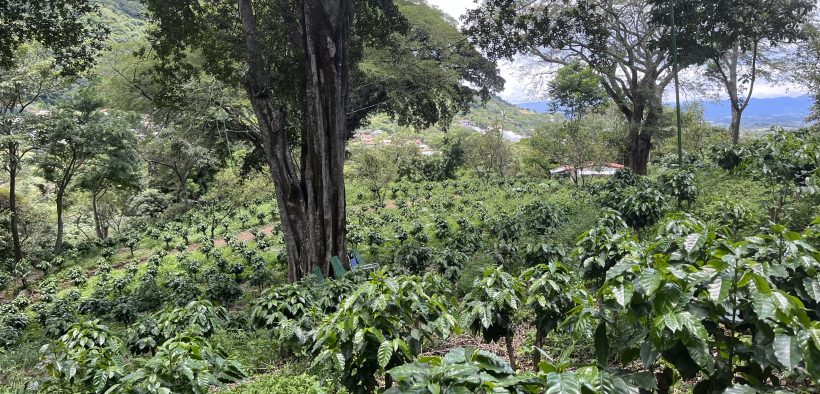
23 Essential Coffee Terms You Should Know
We encounter decisions at the grocery store in every aisle. Some leave us helplessly frustrated – like choosing a bad batch of produce or accidentally picking the wobbly-wheeled shopping cart –
While others come down to split-second selections, like a frantic Google search for the difference between ssamjang and gochujang. With countless different advertising ploys, trendy packaging, and new products to choose from, the tidal wave of grocery information leaves us exhausted by checkout.
There’s no mercy to be found on the coffee shelves, either. We may be destined to always creak down the aisles with our rickety buggies and frequently find the unlucky molded potato, but there’s at least some preparation that can take the guessing out of groceries.
We compiled a guide to all the coffee packaging jargon you’re likely to find among the java aisle’s many brands, bags, and boxes: Labels like roast type, flavor, origin, and altitude, to name a few. Use this list to shop for our favorite caffeinated commodity with more confidence, so you can spend more time poring over dish soaps and deli meats instead.
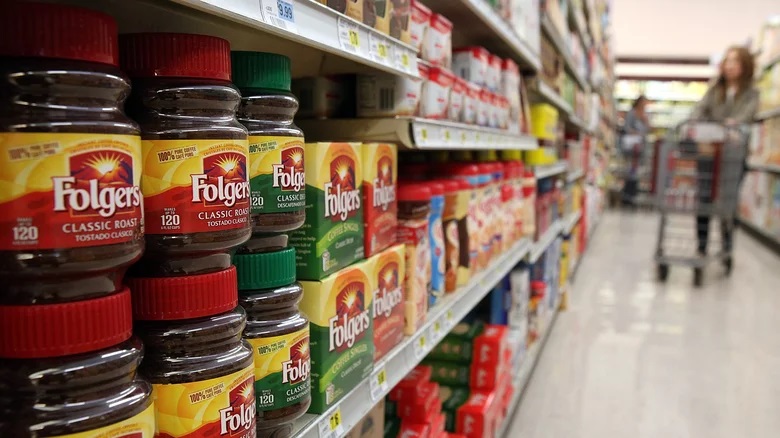
Coffee: types, benefits, side effects
Hands up – how many of us go for a tasty cup of coffee in the morning to get us going?
Coffee is great, whether you’re drinking to start your day or getting a pick-me-up in the afternoon. But how much do you actually know about our go-to energy cup?
Coffee is a source of caffeine, a natural stimulant that occurs in coffees, teas, and cacao. There are many different types of coffee from different sources around the world. Coffee and caffeine have several associated health benefits, although they’re not without their side effects either.
If you want to learn all about coffee, you’ve come to the right place. We’ll give you a rundown of coffee and its history, types, benefits and side effects, and how much of it you can actually drink.
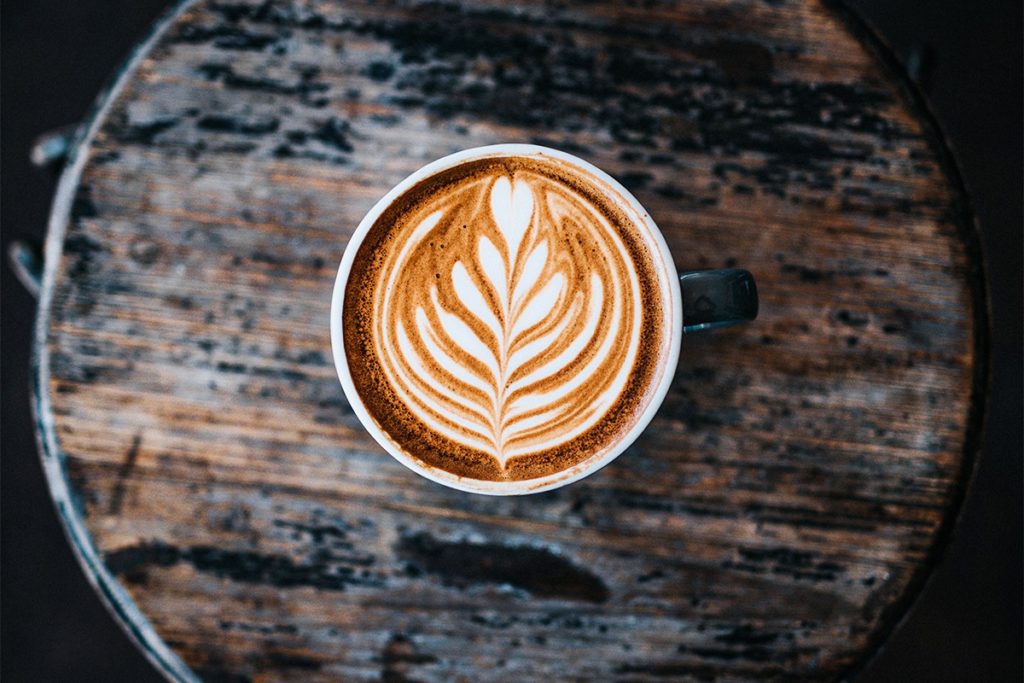
There’s A ‘Huge Misconception’ About Latin-American Coffee
With Quintal Coffee, Eduardo Umaña and Otto Becker want to transform the coffee industry.
The Colombian-born Umaña invented the state-of-the-art VacOne coffee maker, a system that uses air to brew hot coffee and also makes cold brew in minutes. According to Becker, the VacOne “is the only Latin American brewer in the U.S. right now, and the only brewer that was designed by someone who was Latino.”
While visiting friends in Guatemala, the Miami-based Umaña met Becker, who lives in Guatemala, and joined forces with him. In June 2021, they started their origin-roasted coffee subscription series, Quintal, which mails a monthly package of Latin American-grown and roasted coffee to subscribers.
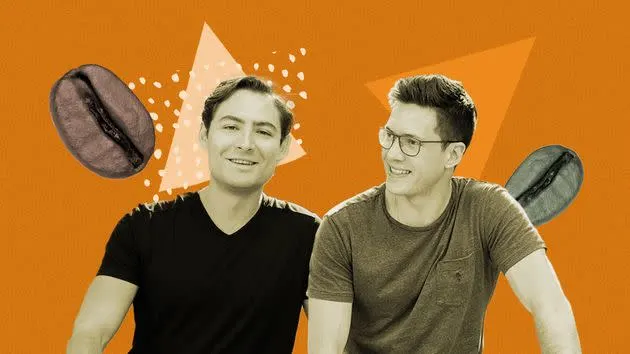
13 of the Very Best Coffee Grinders
Any cup of coffee worth drinking is made from freshly ground beans.
I’ll be honest: I’m not a coffee snob. Give me a cup — pretty much any old cup — and I won’t complain. However, that doesn’t mean I don’t appreciate a particularly good one. And as any actual coffee snob will tell you (trust me, I’ve talked with a lot of them), your coffee is only going to be as good as your beans. And your beans won’t be any good at all if you’re not grinding them yourself right before brewing.
Unfortunately, most decent coffee grinders, even those made specifically for home use, cost a very pretty penny — we’re talking hundreds of dollars. So to figure out which models are worth the investment, we asked baristas, roasters, and coffee-shop owners about the versions they keep on their own kitchen counters (and sometimes in their suitcases because apparently good coffee never takes a vacation).
